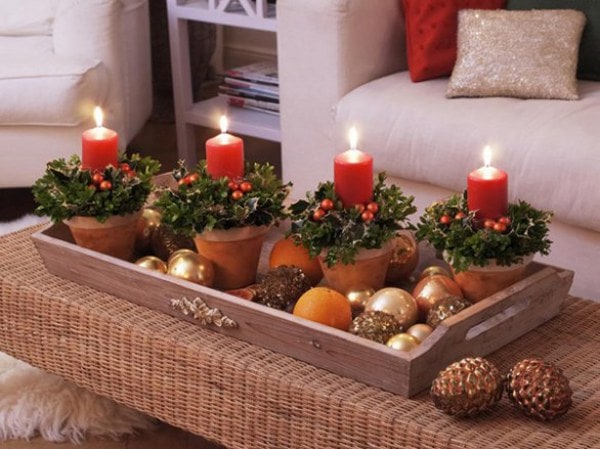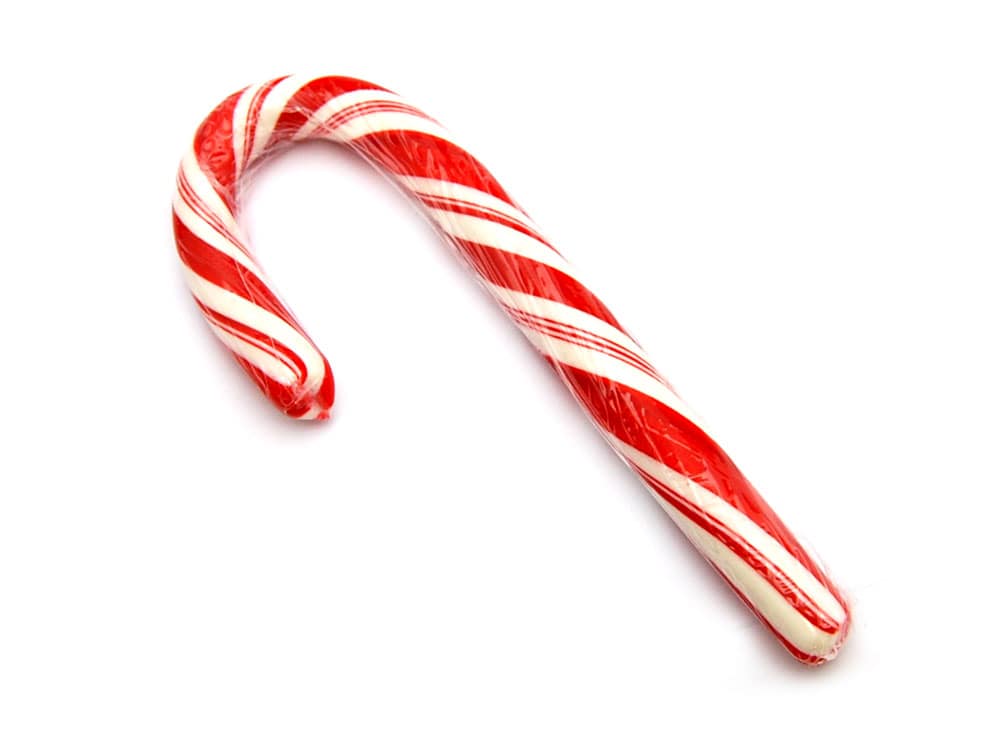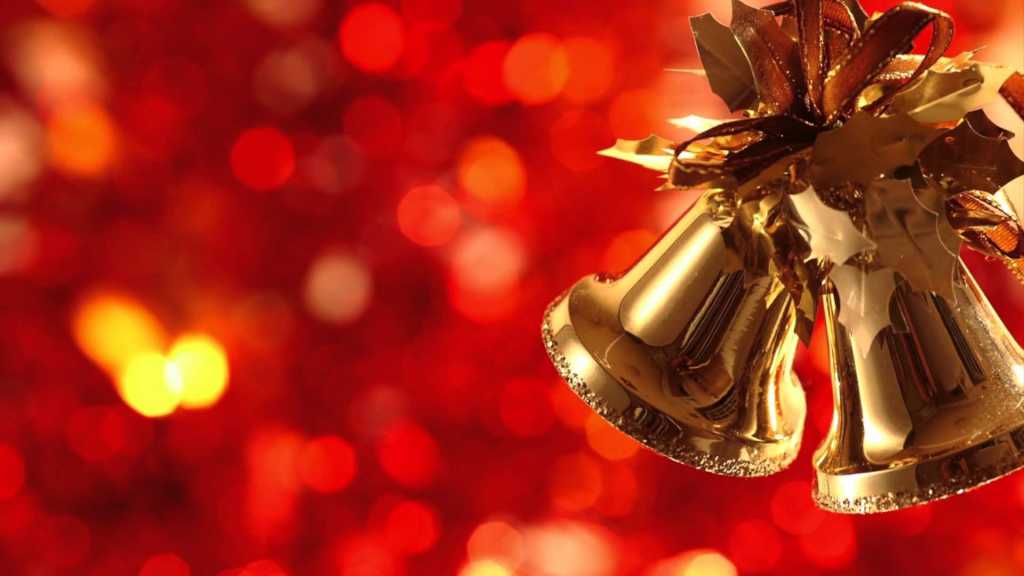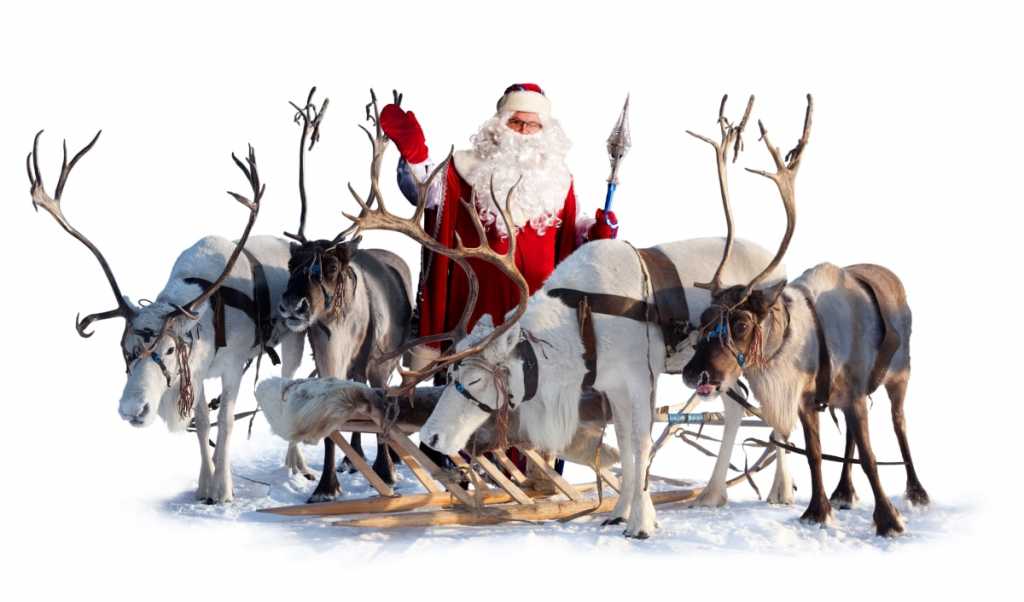Christmas season brings with it a sense of joy and belonging, of hope and new beginnings. To most people, it’s the season of togetherness with their family, celebrating over an elaborately prepared meal. But above all, it’s the decking up of the house, classroom or workplace that really brings on the festive spirit. Most of us tend to ignore the relevance to each decoration we festoon our Christmas trees with. With Christmas just around the corner, read on to find out why each decoration/ornament has a place on the tree, and what it stands for –
CHRISTMAS TREE

The Christmas tree was an ancient symbol used to represent life, rebirth and stamina needed to endure those harsh winters. In Pagan (Roman) cultures, these evergreen trees were used to ward off evil spirits as they were believed to be at their strongest during these winter months. The trees were then decorated with candles to ‘light up’ the darkest conditions, thus shooing off the spirits. Legend has it that when Christ was born in winter, every tree in the world miraculously shook the ice and snow off it and produced new shoots.
CANDLES

Candles signify love, passion, light, prayer and hope. The candlelight represents Jesus Christ who is the light of the world and guides us away from darkness. The candle represents spirituality, devotion, faith, longing, and the life devoted to a spiritual passion or aspiration. The melting candle symbolizes human life as melting away with each passing day. In older times, a candle was lit each week to symbolize Christ’s coming, a ray of hope.
CANDY CANES

The traditional red and white striped candy cane represents the staff of the ‘good shepherd’, meaning Jesus is the shepherd of man. The white colour of the staff symbolizes the pure and sinless nature of Jesus Christ. The red stripes represent the pain and suffering Jesus had to endure on the cross before his death on the cross. In the 1900s, candy sticks were handed out to children during church services to keep them quiet. The custom later on spread across Europe and candy sticks were given to family, friends and relatives as a holiday treat.
BELLS

In the Middle Age, bells were the only form of communication, and a method of gathering large crowds together. During Church services, bells would be rung to signify a particular part of the service, where the congregation would have to either bow or kneel down. Bells symbolize harmony on earth. They act as a link between heaven and earth, and the clappers of the bell represent communication between God and humanity.
REINDEER

Legends all over the world state that Santa Claus rides on his sleigh dragged by eight reindeers – Dasher, Dancer, Prancer, Vixen, Comet, Cupid, Donner and Vixen – the names of which are derived from a 1823 poem. Santa would make a list of all children in the world and classify them on the basis of their behavior throughout the year. Santa would then travel on his sleigh through the air and visit each house filling up the stockings with gifts and candies. Candies and toys were delivered to good children, and coal to the extremely naughty ones. This particular legend has been so widely accepted through the years that it’s hard to picture Santa on his sleigh without his reindeers.
CHRISTMAS STOCKINGS

Christmas stockings are usually hung over the fireplace in every home, but not limited to that particular location. Stockings are used to attract children as Santa would fill them up with gifts and candies. Certain myths suggest that Santa was too shy to give gifts to people directly, and would hence leave them in stockings. There are also certain theories floating round the types of items put in the stockings. An orange in the toe of the stockings represents a clump of gold. An apple in the toe and an orange in the heel signifies that you have been good all year. Naughty children would find coal in their stockings.
CHRISTMAS BALLS & PINECONES

The vibrantly coloured balls on the Christmas tree help invoke the Spirit. The circular shape is representive of heaven, and remind us of jewels descending from heaven. The pinecones represent fertility and motherhood.
STAR

For most Christians, the star represents Jesus Christ, the ‘bright morning star’. Stars represent great multitudes, heavenly favor, wisdom, guides, watchers, and aspirations. The star stands for high hopes and ideals, a hope for a good fortune and to reach above oneself. It is the light, which guides and shows us the right path to take in like. The brightness of the star is the symbol of enlightenment and triumph of good over evil.





























